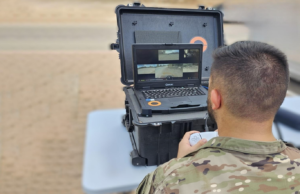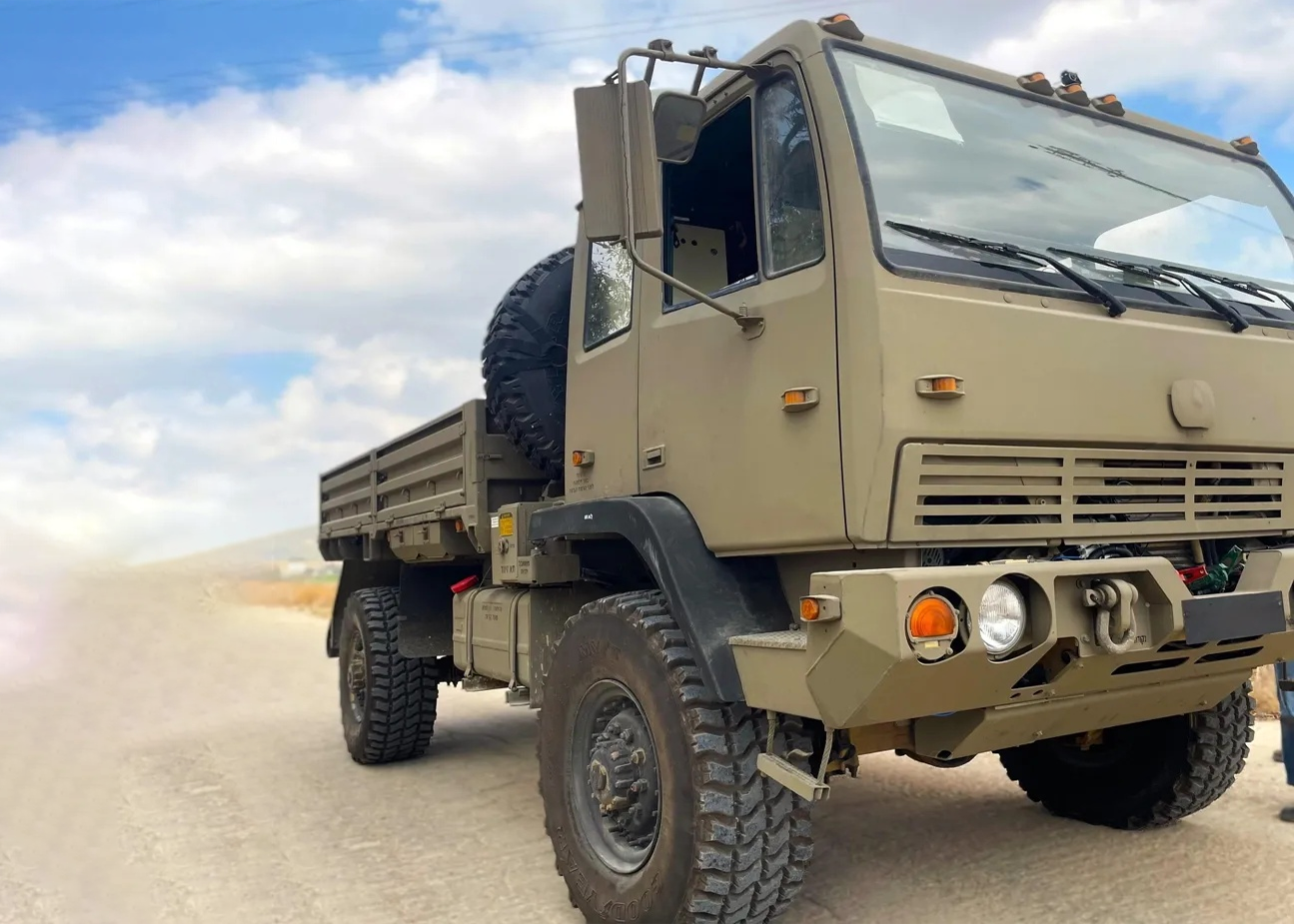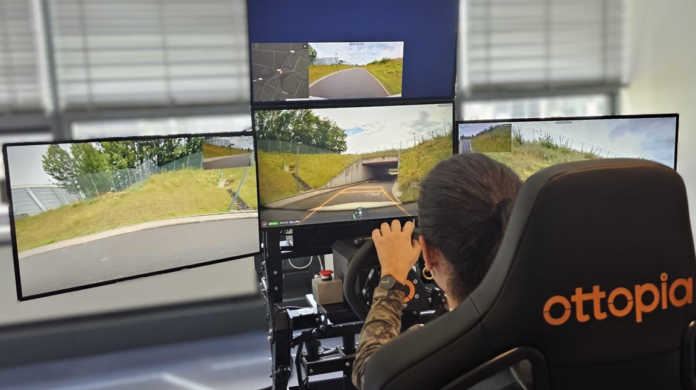Tel Aviv: Israeli company Ottopia has developed a system that enables the remote control of vehicles used by armed forces. In the ongoing war in Israel, the Israeli Defence Forces (IDF) have been operating at least two such vehicles – D-9 bulldozers that clear roads from hidden explosive charges, and modified M-113 armoured personnel carriers used for logistic missions.
The contemporary battlefield has been transformed. Threats emerge from unexpected sources and change at an unprecedented pace. Robots fight alongside soldiers across land, air and sea. Western militaries are preparing for a wide range of threats in every theatre, and must quickly adapt to changes in enemy capabilities.
In this new era of warfare, tactical surprise is the norm. Armies must prepare for surprises by deploying unmanned robotic systems as a front guard to absorb surprise attacks – not soldiers. Armies also expand their ground superiority with robotic systems that carry out advance scouting, breaching, and decoy operations in situations too dangerous for soldiers.

During their ongoing conflicts, both the Armed Forces of Ukraine and the IDF have fundamentally changed their warfighting doctrine to leverage robotic unmanned vehicles. Ukrainian and Israeli soldiers now learn how to leverage robotic systems just as they learn how to fire guns. Going to war without unmanned systems would be like going to war without bullets.
Ground robotic systems today, and for the foreseeable future, remain tele operated. Autonomy technology works in limited scenarios and environments, with soldiers ultimately still controlling the machines. As autonomy technology improves, soldiers will be able to control a larger number of machines – but soldiers will remain in the loop, relying on teleoperations to connect to vehicles.
Amit Rosenzweig, CEO of Ottopia said that the company’s system transmits high resolution video to the operator of the vehicles and enables a very accurate remote control under complicated conditions.
”We have now equipped over 100 remotely controlled ground platforms with our system. The uninterrupted video stream from the payload attached to the ground vehicle enables to operate in combat situations. The system enables almost real time responses of the remote operator to fast changing situations,” he said.
According to the company, it is working with Western militaries to redefine fighting doctrine, helping soldiers continuously push the boundaries of what they can achieve with unmanned ground vehicles.

”Ottopia enables human-machine integration by reliably and securely connecting remote operators to robotic ground vehicles. The Ottopia platform leverages proprietary AI-powered multi-network bonding and smart routing technology that minimises bandwidth and latency, maximises system resilience, and works across RF, satellite, and cellular networks. In short, Ottopia provides a full teleoperation solution to enable soldiers to effectively control vehicles in multi-vehicle human-machine formations,” the company said in an official release.
Ottopia is now expanding its defence operations in the United States. The company has established a US subsidiary and is forming partnerships with American defence leaders to enhance soldier safety and effectiveness.
Ottopia is preparing to announce several partnerships in the coming months while pursuing additional opportunities to further expand its impact in the defence sector.
-The writer is an Israel-based freelance journalist. The views expressed are of the writer and do not necessarily reflect the views of Raksha Anirveda



